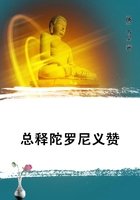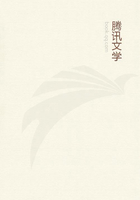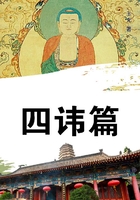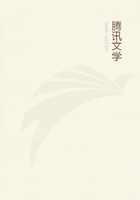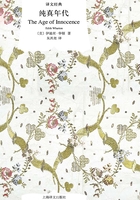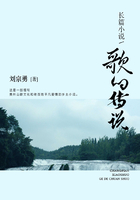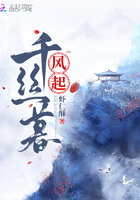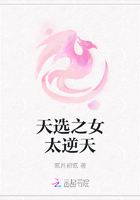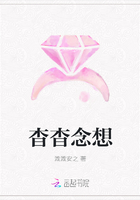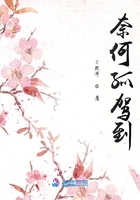At the Palace of HorticultureAt the Palace of Horticulture the architect said: "Here is the Mosque of Ahmed the First, taken from Constantinople and adapted to horticulture and to the Exposition.It has a distinct character of its own.It even has temperament.So many buildings that are well proportioned give the impression of being stodgy and dull.They are like the people that make goodness seem uninteresting.But here is use that expresses itself in beauty and adorns itself with appropriate decoration."When I mentioned that some people found this building too ornate, the architect replied:
"There's an intimate and appropriate relation between the ornament and the architecture.Personally I shouldn't care to see just this kind of building in the heart of the city, where you'd have it before your eyes every day.But for the Exposition it's just right.And how fitting it is that the splendid dome should be the chief feature of a building that is really an indoor garden and that the most prominent note of the coloring should be green, nature's favorite and most joyous color.Some joker,"he went on, "says that this Exposition is domicidal.He expresses a feeling a good many people have here, that there are too many domes.But I don't agree.The domes make a charming pictorial effect, and they harmonize with the general spirit of the architecture.And as for this dome, it is one of the greatest in the world.See how cleverly the architects, following the spirit of the French Renaissance, have used those ornamental shafts.The only criticism that can be made on them is that they serve no architectural purpose, which ought, of course, always to be intimately associated with use.Instead of growing from the nature of the building, they are put on from outside.Now, in the mosque they were very important in their service.They were the minarets where the Muezzins used to stand in order to call the faithful to prayer.Those minarets up there, carrying on the dome motive, on the corners of the walls of the main palaces are much closer to the old idea."Our talk turned to the subject of domes in general.The idea had come from the bees, from the shape of their hives.Prehistoric man used for a dwelling-place a hut shaped like a hive, as well as an imitation of a bird's nest.In formal architecture, the dome showed itself early.The Greeks knew it; but they didn't use it much.The greatest users of the dome were the Byzantines.It was all dome with them.The first important dome was built in Rome in the second century, to crown the Pantheon.Of all the domes in the world the most interesting historically was St.
Peter's, the work of several architects.It was the inspiration of the dome of St.Paul's in London, built by the English architect, Sir Christopher Wren.Architecturally the most interesting of the domes was Brunelleschi's, built for the Florence Cathedral in the fifteenth century, known throughout the world by the Italian name for Cathedral, the Duomo.
It was in connection with the Duomo that the architect reminded me of the celebrated story about Brunelleschi.When the Florentine church authorities decided to build the Duomo they were puzzled as to how so mighty a dome should be developed.So they invited the architects to appear before them in competition, and to present their ideas.One architect, Donatello, explained that, if he secured the commission, he should first build a mound of earth, and over it he would construct his dome.But the authorities replied that there would be great labor and expense in taking the earth out.He said that he would put coins into the earth and, by this means, he would very quickly have the earth removed by the people.When Brunelleschi was asked how he would build his dome he said: "How would you make an egg stand on end?" They didn't know how, and he showed them, by taking a hard-boiled egg and pressing it down at one end, an idea like the one that occurred to Christopher Columbus about fifty years later.
The Palace of Horticulture as an illustration of French Renaissance architecture fascinated this observer, in spite of its overelaborateness."It's marvelous to think of what the Renaissance meant throughout Europe," he said, "and how it showed itself in art through the national characteristics.French Renaissance and Italian Renaissance, though they have qualities in common, are very different.
And you'll find marked differences even in the Renaissance art of the Italian cities, such as Rome and Florence and Venice.But the Renaissance showed that no matter how far apart the people of Europe might have been they were all stirred by a great intellectual and spiritual movement.It was like a vast moral earthquake.It meant the rediscovery and the joyous recognition of the relation of the past to the present and the meaning of the relation for mankind.It led to a new kind of self-emancipation and individualism.It created art-forms that have stamped themselves on the work all over these grounds.In a sense it was a declaration of artistic independence.""Is there really such a thing as independence in art?" I ventured to ask.
The architect began to smile."I'm afraid there isn't much independence.

